A granite composite sink contains various high-quality materials. During the manufacturing process, compounds help to strengthen the sink. Quartz sand and resins add to the strength and resilience of the sink. In the end, it is one of the most durable wares. That is why most people make it a top choice for their kitchen.
But, one problem a granite composite sink faces is discoloration. This color change is due to an increase in temperature. It also depends on the heat resistance level of the raw material (Quartz sand).
But, during the processo di produzione, a series of heat testing help certify its strength. Still, the contents of the sink make it prone to discoloration. The level of temperature resistance of the quartz sand component is the reason.
Hence, the reliable connection of the pigments makes them UV-proof. Also, the binding of the quartz granules with resin gives it heat and abrasion resistance. This composition shows its strength and stability. Especially, when you subject these sinks to a hot-cold cycle test.
So, does a granite sink discolour? You the answer to that already. But we will shed more light on it in this article. More so, we would highlight some causes of discolouration and their remedies. Read on.
Raw material For Kitchen Sinks
Kitchen sinks design should fit a specific standard before hitting the market. These requirements are due to the raw materials they contain. The composite sink is the name given because of a mixture of materials. Also, the components lead to a great deal of color diversity with the finished ware.
Moreover, the versatility of the components also helps with the designs. They make the sinks have several designs and color patterns. This feature also contributes to its strength and stability. Each one has a different combination of natural and synthetic additives.
The materials enable various finish patterns on the composite products. The manufacturers can introduce color variability, better surface textures, and color effects. These are due to the strength and quality of the component ingredients. The reaction of the constituents also helps to keep the shine.
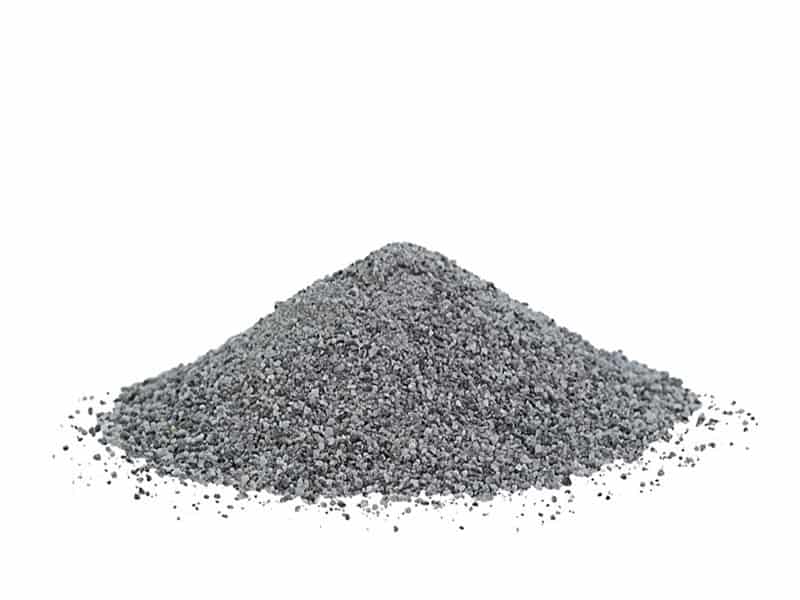
The colors help when reacting with the binding agents. They enable the sink to withstand chemical and mechanical stress. The sinks keep their brilliance in adverse conditions thanks to the foundation constituent. The quartz sand (colored) components ensure strength and stability in kitchen sinks.
Factories and brands like Chica Granite sinks use this constituent. Hence, they manufacture high-quality sinks. The material has excellent stability, which helps it maintain its attractive appearance. Thus, many years after installation, Chica Granite sinks keep their brilliance.
Also, these sinks pose strong resistance to discoloration. This is because they have a stable and inorganic chemical pigment. This substance gives it UV-resistance. It also features high-color fastness that gives the worktops and kitchen sink high-strength.
What Causes Discoloration in Composite Sinks?
The leading cause of discoloration on the composite is heat. But superficial stains also leave their stretch on the bowl. This dent is due to the Granite’s porosity, which allows it to soak in foreign color at times. The sink is an area exposed to oil-based cosmetics, food colorings, and colored drinks.
These materials may result in discoloration to a part of the sink. Yet, the primary discoloring factors may be what you don’t expect. For instance, exposure to UV light and extreme heat are causes of discoloration.
How does this occur? The simple answer to this is the material used in manufacturing. The composite quartz sand and resin react to high heat, and the pigment in the mix begins to change. One sure thing about these sinks is that they are durable but poor management can lead to stains.
Granite kitchen sinks are more likely to get discolored than the bathroom tub. The reason is that the exposures are more in the cooking corner than the washroom. The kitchen may get easy exposure to sunlight and high temperature. But the bathroom may see cosmetic and synthetic oil stains.
Yet, the growth of mold or mildew can introduce foreign colors to your granite sink top. These organisms grow in a moist condition, which you can find in the bathroom most times. Let’s look at these well.
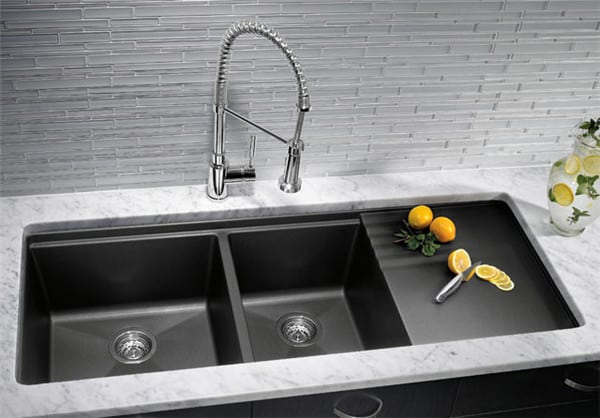
Extreme Heat
This factor here is the highest cause of discoloration on granite kitchen sinks. When users cook, they tend to drop hot pans on their sinks. While Granite is resistant to heat, it can only hold up to 200oC. Hence, any temperature higher than this can cause a change in color on that part.
Also, when hot pasta pots remain on granite sinks for a long time, it changes color. More so, hot hair irons can do similar damage to bathroom tubs and sinks. This is due to the reaction of the materials used in manufacturing. The resin that binds all components begins to change under high heat. Thus, you see that part taking a different color.
UV-Radiation
This factor can occur both on bathroom sinks, tubs, and kitchen bowls. Consistent exposure to the UV rays can cause discoloration on granite composite. Direct sunlight on these wares is the easiest way for UV attack. This patch tends to upset the color setting of the sink by killing the pigment.
Mold and Mildew
These microorganisms grow where there are excess moisture and less air. They thrive in a little space and have the colors of grey or green. The gap is due to the porosity of granite composite sinks.
The little spaces allow mold and mildew growth. Although they are less porous than other materials. They tend to spread the color over a patch on the surface. When they multiply, discoloration occurs.
Food Colorings/Oils/Cosmetics
These substances enter the porous holes of Granite. Granite kitchen sinks are points of mixing substances such as meal color and oils. Also, cosmetic, and synthetic oils leave stains on bathroom granite tubs.
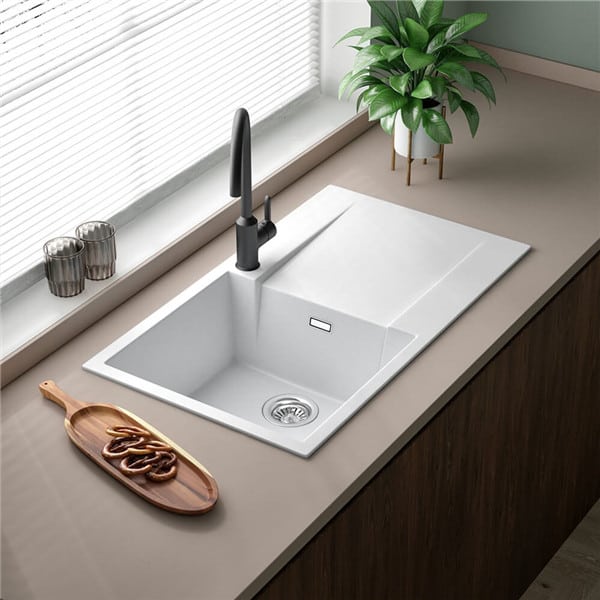
How to Remove discoloration from Granite
The best way to get rid of the discoloration on granite sinks is to prevent it. Hence, users should avoid those things that change the pigment in the granite mixture. Granite has some extent of porosity, which allows it absorbs things that cause a reaction.
These reactions lead to a change in color. So, if you keep them away, then the Granite will not discolor. We have seen some of the causes of discoloration; let’s see the remedies.
Preventive Measures
Do not keep hot pans or hot pasta pots on granite sink. It’s best if users avoid placing hot items on sinks. Avoid any thing that expose the Granite to extreme heat, like irons for styling hair and pans.
Try and use insulating materials where possible. You may want to install trivets or pads on the spots that hold the hot items. This will help reduce the heat impact on the sink.
Install curtains or blinds to shut out sunlight and prevent UV ray’s invasion. Also, ensure you always close these barriers so that light won’t hit the Granite.
Apply Sealer
A granite sealer helps to increase the strength of a composite sink. This addition helps to reduce the rate of absorption. It also protects the Granite from stains and etches. It works on the principle of lowering porosity and closing the spaces.
Wipe with a Granite-Safe Cleanser
You may decide to wipe the affected spot with a safe cleanser. Ensure you soak the place with the cleaning agent. Then scrub the angle with a soft-bristled nylon brush or use a soft rubbing pad.
For stubborn stains, you may want to use a more potent mixture. First, mix the substance, either organic or inorganic. Bleach can remove severe food and organic stains. It’s best to apply them at intervals, so they don’t contaminate your meal.
Mix acetone with baking soda to form a paste. Rub this mixture on the spot of the etch and scrub with a paper cloth or soft-bristled brush. Then, wipe with a soft fabric to restore spotless Granite.
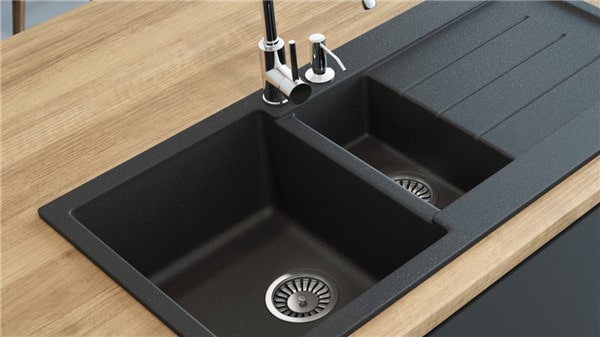
FILL IN THIS FORM TO REQUEST A QUICK QUOTE FROM CHICA
Riepilogo
Granite sinks and countertops are great home additions. They need to have a strong composition to withstand human activities. Cracks, chips, and discoloration occur at some point. That’s why preventive measures put in place.
But the first measure would be to get a quality composite sink. Ensure it comes with excellent material composition. This way, it will resist some factors that cause etches and color change.
A top-quality granite sink can last up to a decade with discoloring. This is due to pigments that make it immune to chemical and mechanical stress. Yet, an inferior composite sink would lose its shine to discoloration after two years.









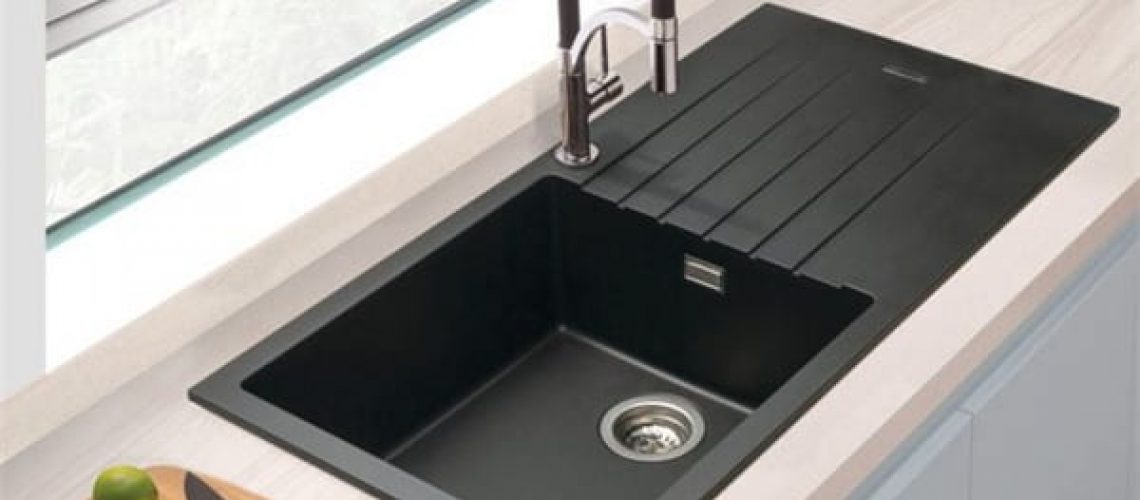

1 pensato a “Si verifica uno scolorimento nel lavandino in granito?”
Pingback: Various Colors Of Granite Composite Sinks - A Quartz Sink